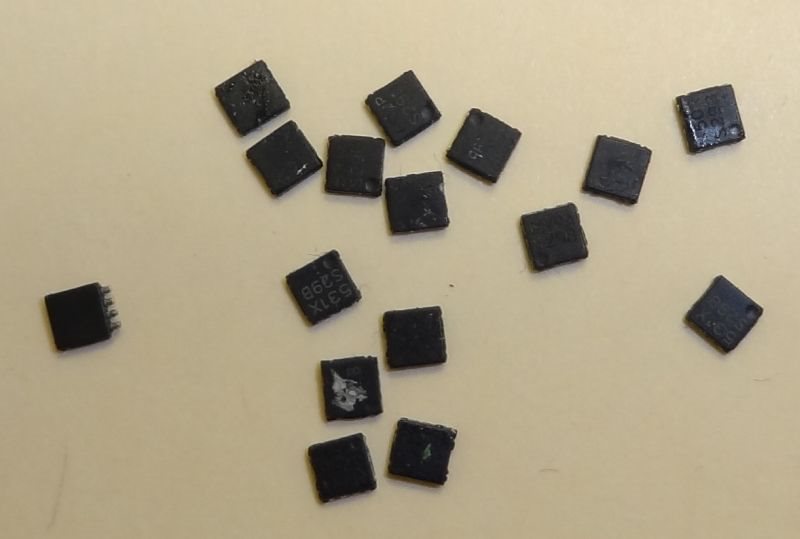Hi All!
I have been using the LM3485 for over 10 years with this same circuit (different output voltage but other than that just the same), yesterday I got this new board
and nothing, the circuit just oscillate and I 'get' 1.7V on the output! what is going on?
this is what I see on U3 pin 1 :
The capacitors are aluminum but changing the output capacitor to 100uF tantalum didn't help.
For years this circuit was 'bullet prof', I tried every thing I could think of to make it work without any real success.
What am I doing wrong here?
Many thanks
Omer Zeharhary
AMI










